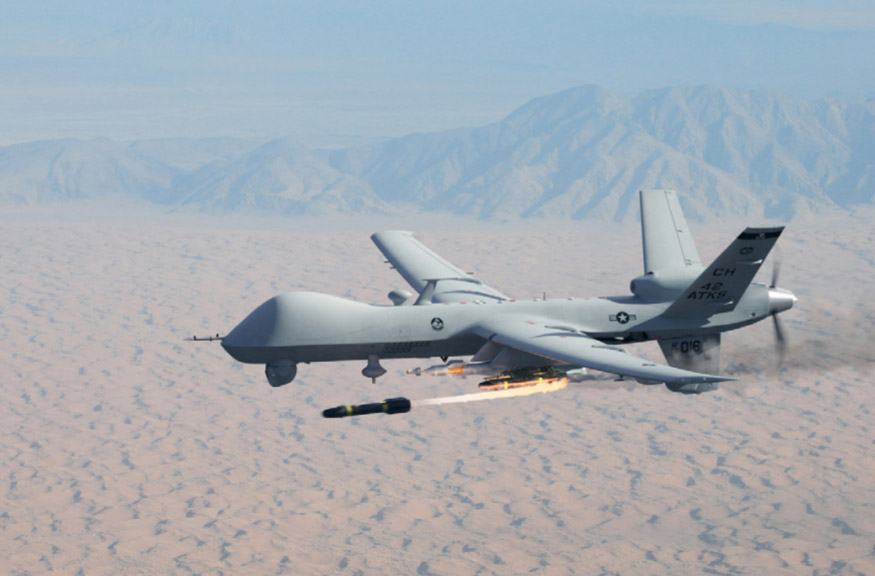
Source The National Interest
WASHINGTON, U.S.--Depending on one’s biases, the Biden administration has done either too much of one thing or too little of another. One area where it has done nothing is in protecting U.S. interests in trade with China.
Though President Joe Biden has kept Donald Trump’s questionable tariffs in place, he has not lifted a finger to stem China’s ongoing theft of American technology and intellectual property.
Indeed, the administration has obliquely, if inadvertently encouraged China to continue such practices.
Every nation, and every business, tries to get its competitors’ trade secrets and technological edges. That is why governments and international agreements enforce patents and copyrights as well as recognized trademarks.
Because Beijing has largely ignored these international norms and laws, businesses have turned to Washington for help instead of to courts and international agencies.
Washington’s past efforts have failed to give this protection, but at least previous administrations have tried. The Biden White House cannot even make that claim.
Beijing relies on a number of techniques to gather the fruits of American innovation. Chief among these is China’s insistence that any U.S. firm operating in China have a Chinese partner to which it must transfer all its technology and trade secrets. Though not strictly illegal, Beijing’s insistence does fly in the face of international norms.
Less licit is how Chinese firms buy high-tech American equipment and, despite patent protections, reproduce it for use in China and elsewhere outside the United States. American firms complain that knockoffs of their designs appear under Chinese labels all over the world.
Cyber theft is also prevalent. A long list of American companies has documented cyber-attacks by Chinese agents, usually connected with the government.
The so-called Operation Aurora managed what Google tech executives described as a “highly sophisticated and targeted attack on its corporate infrastructure” as well as an invasion of the Gmail accounts of Chinese human rights advocates.
At least thirty-four American firms reported similar Operation Aurora attacks, including Yahoo, Adobe, Northrop Grumman, Dow Chemical, and McAfee.
Another operation, run by China’s Ministry of State Security and dubbed Cloudhopper, compromised IBM and Hewlett Packard among others, and through them their clients, including the federal bureaucracy. The AFL-CIO suffered a separate attack.
Beijing has enticed individuals in the United States into more old-fashioned espionage efforts. The Bureau of Immigration and Naturalization records numerous instances of Chinese traveling to the United States as students when in fact they hold commissions in the People’s Liberation Army and have been tasked with spying on academic research.
China’s “Thousand Talents Plan” uses all sorts of incentives to induce people working in this country to give Beijing their employer’s technologies and other valuable pieces of intellectual property, sometimes even when these people are working on U.S. government grants, as was true in the famous case of Harvard professor Charles Lieber.
FBI documents make clear that the array of reports and complaints coming out of business are neither fabricated nor exaggerated. The DOJ has stated bluntly that some 80 percent of all its economic espionage prosecutions connect to China.
“There is just no country,” Wray said, “that presents a broader threat to our ideas, our innovation, and our economic security than China.”
As already indicated, this is an old story. Every president for almost forty years has responded to complaints by business and tried to get Beijing to change its ways. None have had much success. Ronald Reagan made the first attempt in 1986.
By the time Biden took office, it was again clear that despite the Phase 1 agreement China had continued as it had for years. Deputy U.S. Trade Representative (USTR) Sarah Bianchi stated bluntly that China had failed to fulfill the promises it made in the Phase 1 agreement. And for that reason, she announced that the Trump tariffs would remain in force.
But the administration has done nothing more. On the contrary, Bianchi, even as she documented China’s failure to meet its promises, also made clear that the USTR and the Biden White House had no desire to “escalate,” a comment that effectively told Beijing it had little to worry about.
After so many years of bipartisan failure in this matter, it was never realistic to expect much from any new administration. What is strange, however, is how this administration has not even tried to ease this burden on American business.








0 Comments
LEAVE A REPLY
Your email address will not be published